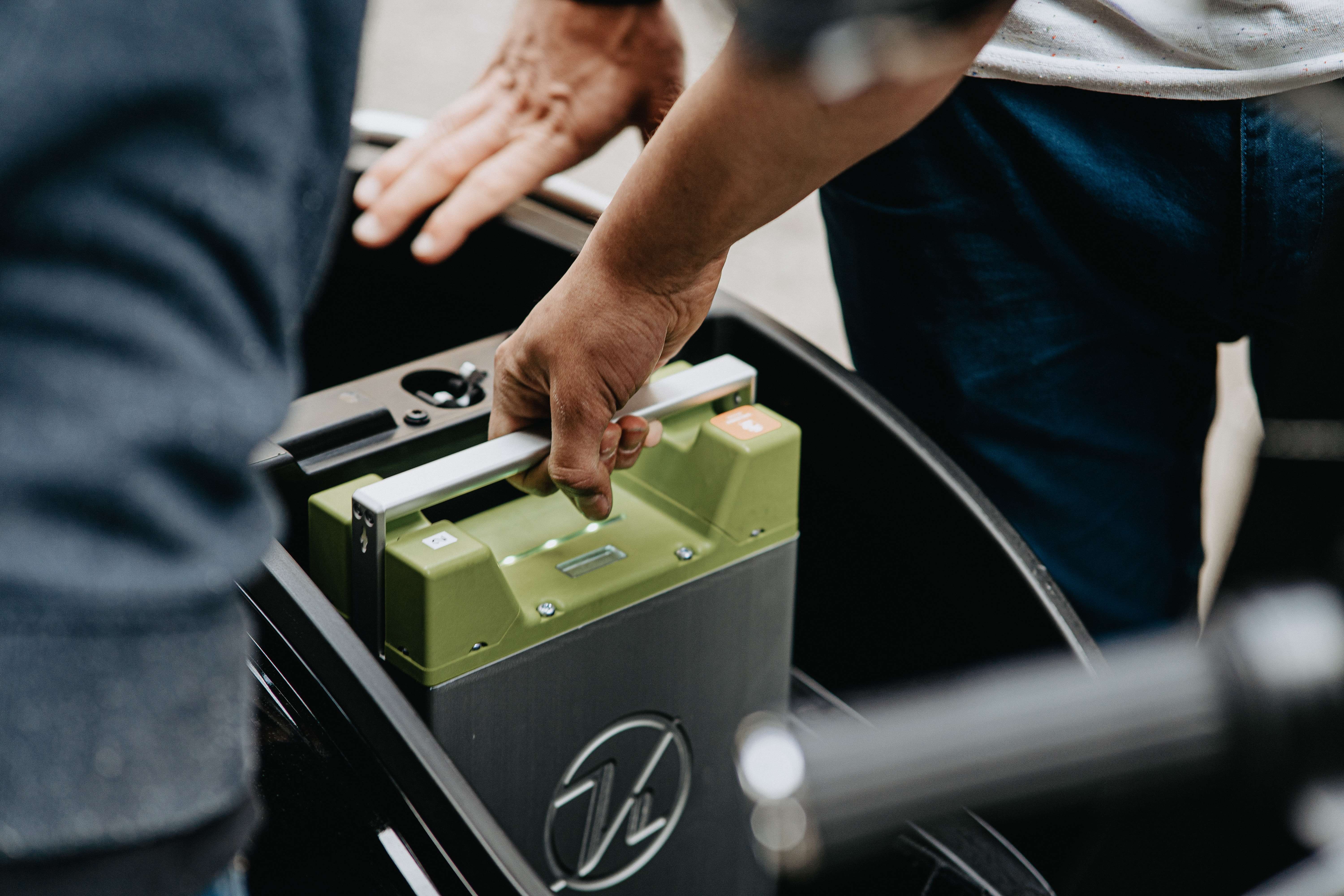Battery technology has been an essential component of the motorsports and e-mobility industries for several years now. The advancements in battery technology have helped to overcome some of the major challenges faced in these industries, such as limited range and extended charging times. In this article, we will discuss the advancements and challenges in battery technology for the motorsports and e-mobility industries.
Advancements in Battery Technology:
One of the significant advancements in battery technology for the motorsports and e-mobility industries is the development of lithium-ion batteries. Lithium-ion batteries are lighter, smaller, and more energy-dense than traditional lead-acid batteries. They have a higher power-to-weight ratio, meaning they can provide more power for the same weight. This allows for faster acceleration, higher top speeds, and longer ranges in electric vehicles.
Another significant advancement in battery technology is the development of solid-state batteries. Solid-state batteries offer several advantages over traditional lithium-ion batteries. They are safer, as they do not contain any liquid electrolytes that can leak or catch fire. They are also more energy-dense, allowing for longer ranges in electric vehicles. Solid-state batteries are still in the development phase, but they show promise for the future of the motorsports and e-mobility industries.
Challenges in Battery Technology:
Despite the advancements, there are still several challenges that need to be overcome in the motorsports and e-mobility industries. One of the most significant challenges is the limited range of electric vehicles. Even with the advancements, electric vehicles still cannot match the range of traditional gas-powered vehicles. This can be a significant barrier to adoption for some consumers, particularly those who travel long distances regularly.
Another key challenge is the extended charging times required for electric vehicles. While the development of fast-charging technology has helped to reduce charging times, it is still significantly longer than the time it takes to fill up a gas tank. This can be inconvenient for consumers, particularly those who do not have access to fast-charging stations.
Conclusion:
Battery technology has come a long way in the motorsports and e-mobility industries, with advancements such as lithium-ion batteries and solid-state batteries offering significant benefits over traditional lead-acid batteries. However, challenges such as limited range and extended charging times still need to be overcome for electric vehicles to become a viable option for all consumers. The continued development of battery technology will be critical in addressing these challenges and making electric vehicles a more attractive option for consumers. As technology evolves, the motorsports and e-mobility industries will continue to grow, with many exciting developments on the horizon.
Here is an article on the same topic

